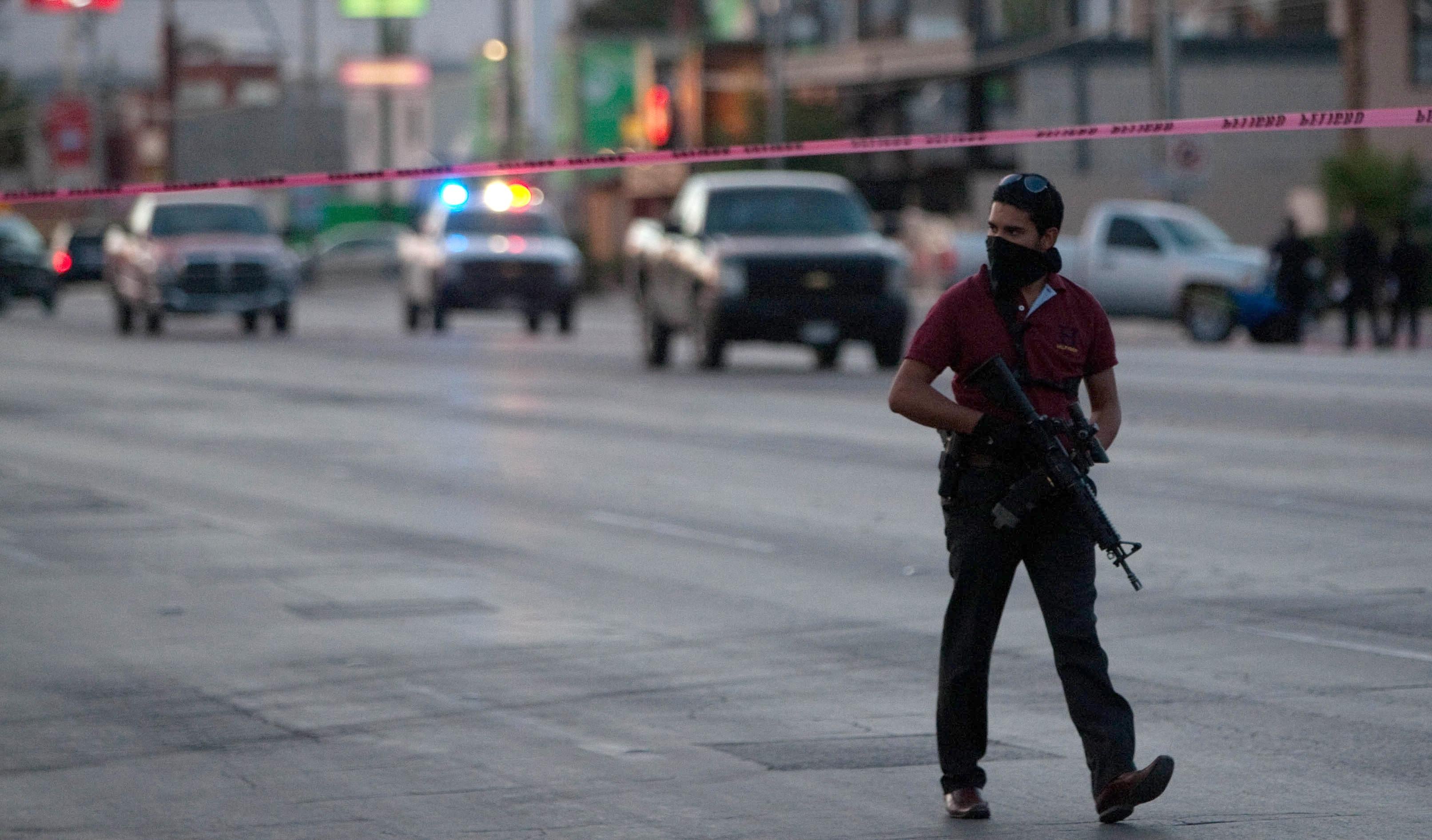“You think because we are women we are weak, and maybe we are. But only to a certain point. … We can longer remain quiet over these acts that fill us with rage. And so, I am an instrument who will take vengeance.”
–Diana, Huntress of Bus Drivers
That’s a snippet of a message that was sent to several media outlets after two bus drivers were gunned down last week in Ciudad Juarez, prompting widespread speculation that a female vigilante is on the loose in a Mexican border town with a grim history of brutal violence against women, particularly those who ride the buses that operate in the city’s enormous maquiladora industry. “We cannot be sure that the email corresponds exactly to those who committed the killings,” Gustavo de la Rosa, a human rights activist there, told the Los Angeles Times, “but in the city’s imagination, that is definitely what’s happening.”
You’d be forgiven for thinking that the city’s imagination had run wild, particularly given the accounts that describe “Diana” as a middle-aged woman who dresses in all black and has unusually blond hair, which is thought to either be dyed or a wig. But it also appears likely that the two killings are linked. The drivers were killed on consecutive days last week at roughly the same time and on the same route. Witnesses told the city’s El Diaro newspaper that in both cases a woman approached the driver, took out a gun, and shot the driver in the head twice before fleeing. “You lot think you are so tough,” the woman allegedly shouted during the first shooting. “You guys think you’re real bad, don’t you?,” the suspect said before pulling the trigger during the second, according to one witness.
Police say it’s too early to say anything for sure—whether “Diana” was behind the killings, whether she works alone, whether she is a she—but authorities are nonetheless taking precautions, sending undercover cops to ride the buses in hopes of catching the killer, or at least preventing additional murders. Women’s right advocates, however, have been quick to point out that authorities didn’t appear nearly as interested when it was female bodies that were turning up. “Women here have been 100-percent disposable because of the situation of the city, the culture and the inaction of the police, and women have had enough,” Marisela Ortiz, an activist who fled across the border to El Paso in 2011 because of a series of death threats, told the Guardian.
As the BBC reminds us, more than 100 women disappeared in Ciudad Juarez during the 1990s and early 2000s, with many of their bodies found weeks later, raped, strangled and dumped in the desert. Several bus drivers were later arrested in connection with those killings, although at least one had his conviction overturned, and another died in prison before he was sentenced. While a precise body count has been difficult to come by—something that rather clearly illustrates Ortiz’s complaints—at least one unofficial count pegs the number of women killed over that time period at closer to 900.
***Follow @JoshVoorhees and the rest of the @slatest team on Twitter.***
This post has been updated with additional information.
